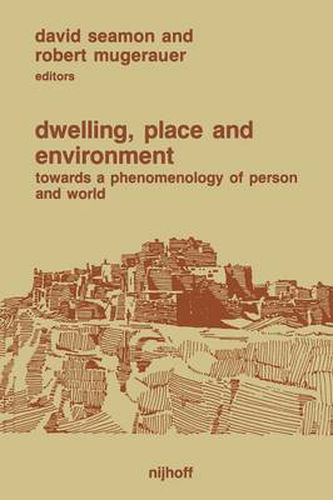Readings Newsletter
Become a Readings Member to make your shopping experience even easier.
Sign in or sign up for free!
You’re not far away from qualifying for FREE standard shipping within Australia
You’ve qualified for FREE standard shipping within Australia
The cart is loading…






This title is printed to order. This book may have been self-published. If so, we cannot guarantee the quality of the content. In the main most books will have gone through the editing process however some may not. We therefore suggest that you be aware of this before ordering this book. If in doubt check either the author or publisher’s details as we are unable to accept any returns unless they are faulty. Please contact us if you have any questions.
themes among the essays resurface and resonate. Though our request for essays was broad and open-ended, we found that topics such as seeing, authenticity, interpretation, wholeness, care, and dwelling ran as undercur rents throughout. Our major hope is that each essay plays a part in revealing a larger whole of meaning which says much about a more humane relation ship with places, environments and the earth as our home. Part I. Beginnings and directions At the start, we recognize the tremendous debt this volume owes to philosopher Martin Heidegger (1890-1976), whose ontological excavations into the nature of human existence and meaning provide the philosophical foundations for many of the essays, particularly those in Part I of the volume. Above all else, Heidegger was regarded by his students and colleagues as a master teacher. He not only thought deeply but was also able to show others how to think and to question. Since he, perhaps more than anyone else in this century, provides the instruction for dOing a phenomenology and hermeneutic of humanity’s existential situation, he is seminal for phenomenological and hermeneutical research in the environmental disci plines. He presents in his writings what conventional scholarly work, especially the scientific approach, lacks; he helps us to evoke and under stand things through a method that allows them to come forth as they are; he provides a new way to speak about and care for our human nature and environment.
$9.00 standard shipping within Australia
FREE standard shipping within Australia for orders over $100.00
Express & International shipping calculated at checkout
This title is printed to order. This book may have been self-published. If so, we cannot guarantee the quality of the content. In the main most books will have gone through the editing process however some may not. We therefore suggest that you be aware of this before ordering this book. If in doubt check either the author or publisher’s details as we are unable to accept any returns unless they are faulty. Please contact us if you have any questions.
themes among the essays resurface and resonate. Though our request for essays was broad and open-ended, we found that topics such as seeing, authenticity, interpretation, wholeness, care, and dwelling ran as undercur rents throughout. Our major hope is that each essay plays a part in revealing a larger whole of meaning which says much about a more humane relation ship with places, environments and the earth as our home. Part I. Beginnings and directions At the start, we recognize the tremendous debt this volume owes to philosopher Martin Heidegger (1890-1976), whose ontological excavations into the nature of human existence and meaning provide the philosophical foundations for many of the essays, particularly those in Part I of the volume. Above all else, Heidegger was regarded by his students and colleagues as a master teacher. He not only thought deeply but was also able to show others how to think and to question. Since he, perhaps more than anyone else in this century, provides the instruction for dOing a phenomenology and hermeneutic of humanity’s existential situation, he is seminal for phenomenological and hermeneutical research in the environmental disci plines. He presents in his writings what conventional scholarly work, especially the scientific approach, lacks; he helps us to evoke and under stand things through a method that allows them to come forth as they are; he provides a new way to speak about and care for our human nature and environment.